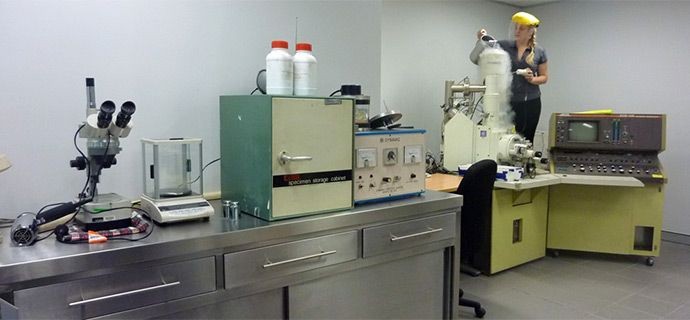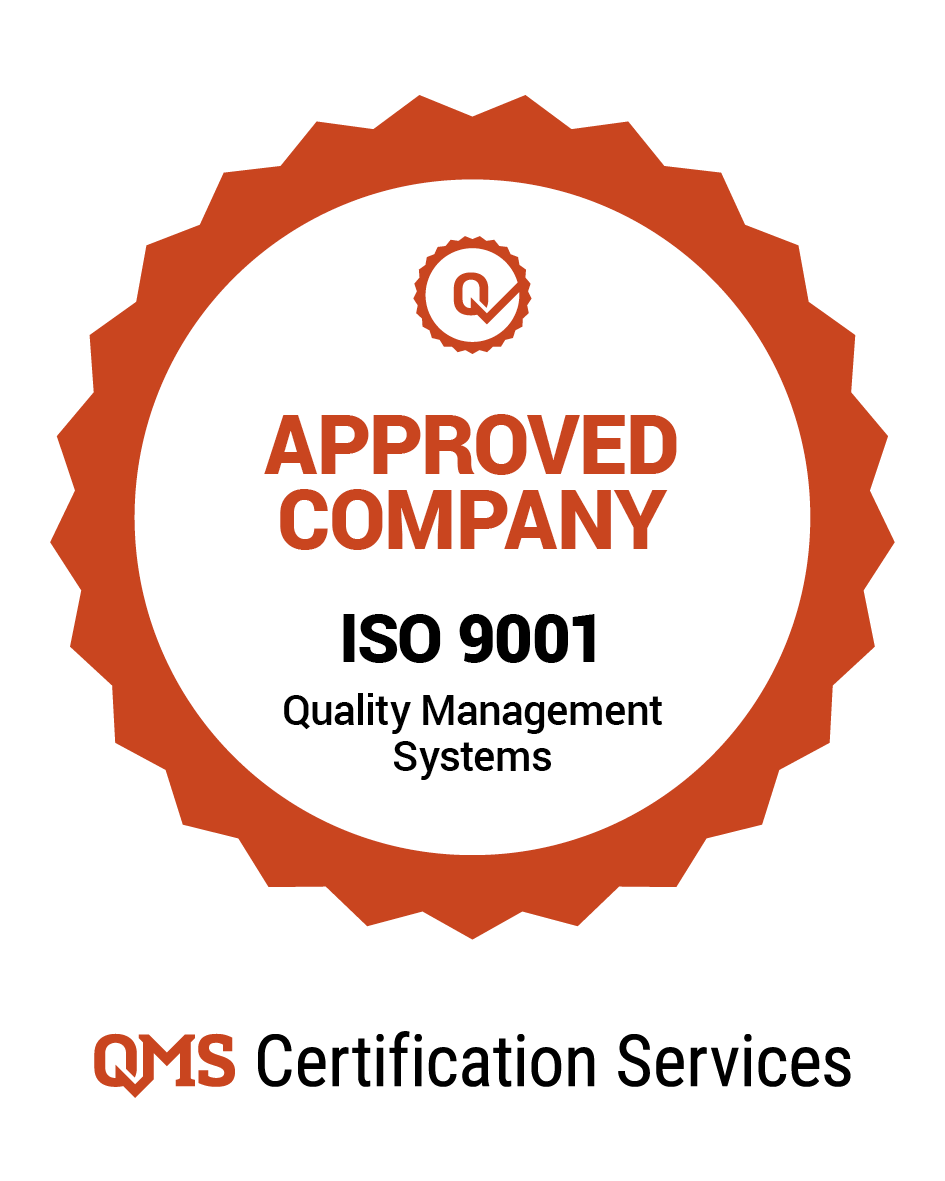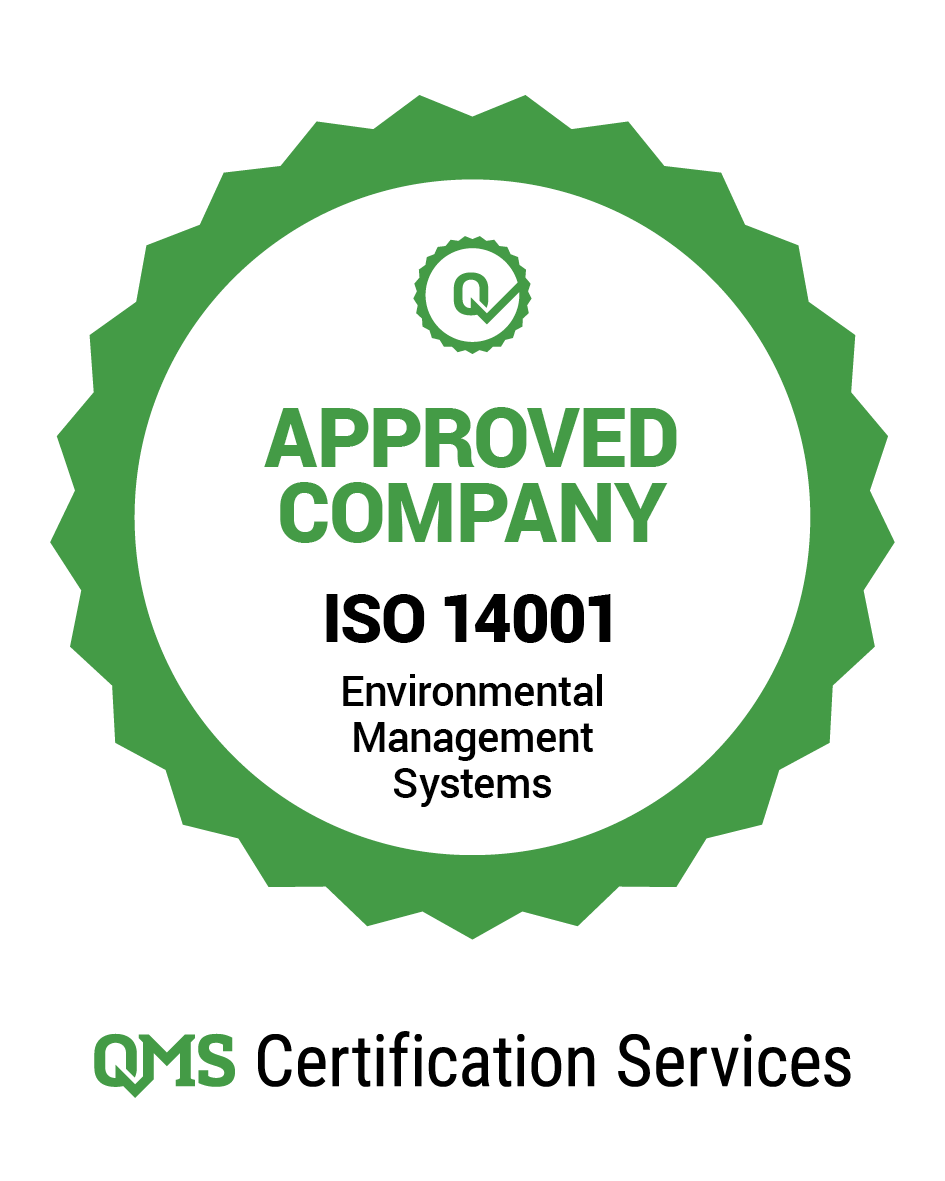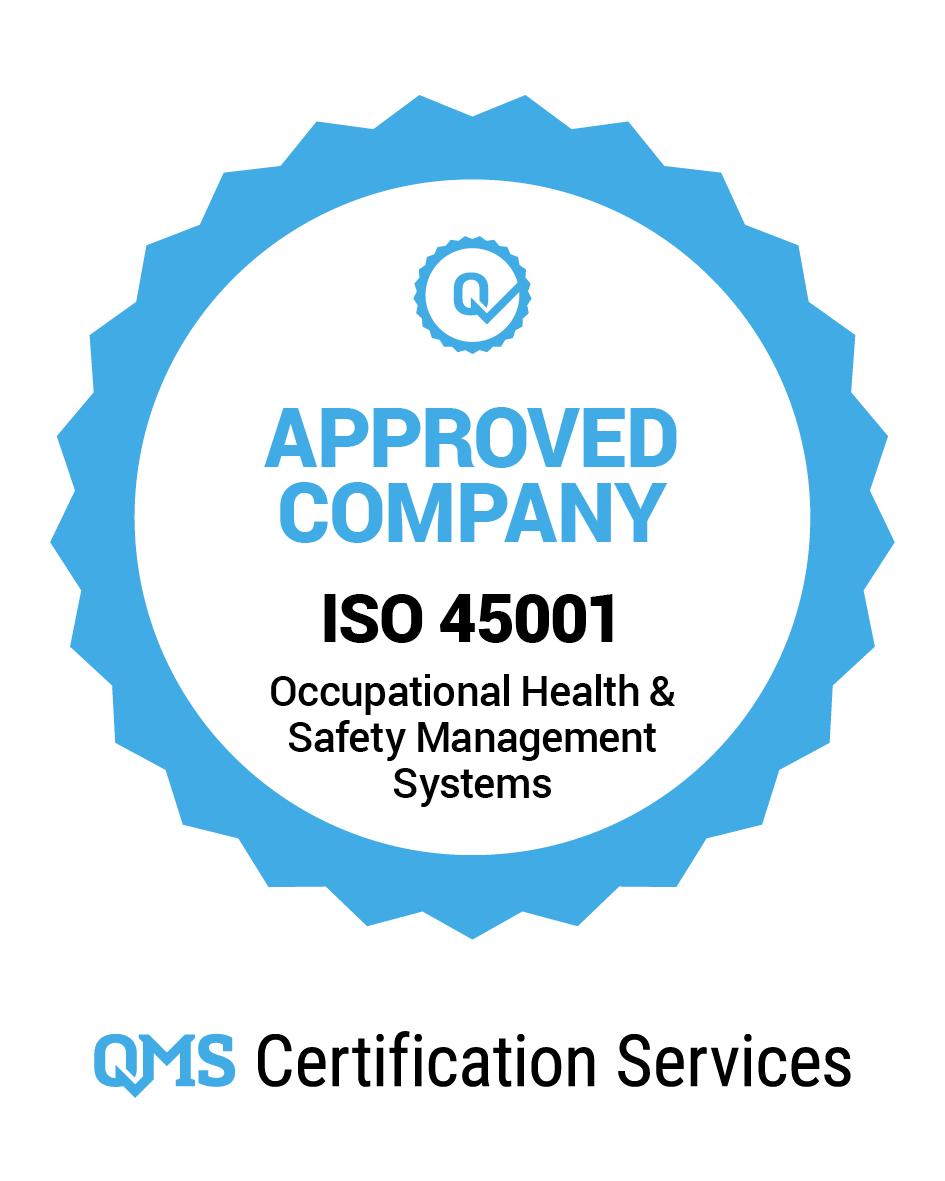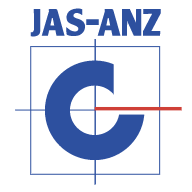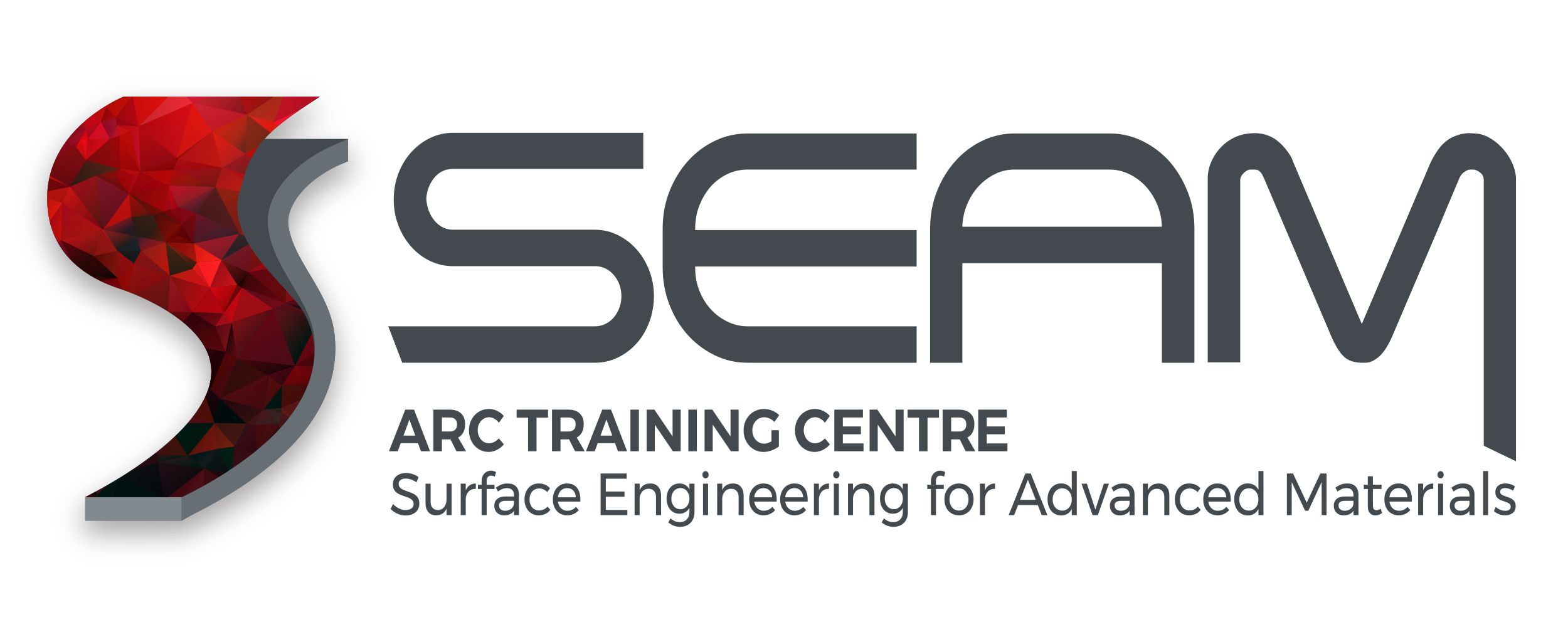Surface engineering is in our DNA and fuels our passion for new surface engineering metallurgy, technologies and techniques that will extend wear lifespan and improve the performance of components and equipment. For many decades we've seen the aerospace and automotive industry advance rapidly with new materials, surface engineering and additive manufacturing processes; LaserBond is leading in the heavy industry and resources sector.
Our R&D team is backed by more than 30 years experience in industrial tribology, in particular on the impacts and effects of multi-modal wear in aggressive heavy industrial environments. LaserBond's R&D work is directed towards expanding three surface engineering skill sets that are the core DNA of LaserBond:

- Tribology of Wear in Heavy Industrial - Aggressive Conditions: Working with University of South Australia: Future Industries Institute (UniSA:FII) and our CRCp collaboration we will develop a world class heavy industry wear laboratory. It's being equipped with multiple standardised wear tesring units, plus a custom rig that reflects problematic conditions found with drilling and processing of acidic, hard rock types with extremely high velocity particles (found in wet drilling and slurry pumps).
- Advanced Metallurgy & Cladding Materials - Powdered Metal: Using new metal powders, some with modified characteristics combined with more economical application technology, LaserBond material scientists are able to develop new cladding materials tailored to better understand wear mechanics. Our collaboration with UniSA:FII enables the team to analyse and characterise materials and bonding.
- Application Methodologies - Additive Manufacturing: LaserBond uses a suite of additive manufacturing technologies. Efficient high-power diode lasers and new thermal spray processes are leveraging the knowledge of materials. We are discovering new ways of applying cladding, with higher efficiency. By building our own machinery we have extended the applications that can now benefit from surface engineering.
The team investigates the reasons and effects of high wear and component failure, then finds solutions utilising our expertise in metallurgy and powdercoating application technology. Embedding innovation into product and service development helps our customers increase resource efficiency, operate more safely and reduce environment impact.
Continued Reinvestment in R&D
Throughout our history LaserBond has continuously reinvested in our R&D program, with R&D expenditure being a KPI of our business. With the growing acceptance of surface-engineered components for wear applications LaserBond has a collaboration agreement with UniSA: FII to pursue deeper science on both metallurgy and application methodologies.
The current target for direct R&D investment is 5% of sales revenue. Working with industry collaboration partners like University of South Australia and key customers, we also access government grants that provide a multiplier effect - they turn our $1 of R&D spend into $2 or $3, which accelerates or expands outcomes.
University of SA - Future Industries Institute signs LaserBond and other News Articles.
Cooperative Research - CRCp
In February 2017 a collaboration led by LaserBond was awarded a $2.616 million government funding grant to support a CRCp project for "Wear life extension via surface engineered laser cladding for mining."
In conjunction with these R&D activities, LaserBond and Boart Longyear also have a strategic partnership to pursue mutually beneficial commercial products and services. University of South Australia and LaserBond have a collaborative R&D agreement for the development of technology, systems, processes and applications associated with wear-resistant surface engineered cladding for resource, agricultural and other heavy industries.
It's an important foundational step towards improving productivity in mining through mutually beneficial collaboration.
Inventing New Laser Deposition Process - International Patents
Our R&D team invented a new method for depositing thin metallurgically bonded coatings to structural substrate metals using laser systems.
It resulted in groundbreaking patents associated with using advanced additive manufacturing methods to deliver a major improvement in wear life performance of capital intensive equipment. The commercial implications of the new technologies are further improvements to wear life, faster deposition rates, thinner coatings and better economics. This opens up more industrial applications to the benefits of surface engineering.
Designing New Surface Coatings
LaserBond's material scientists work with customers to develop a tailored solution for their specific surface engineering requirements.
A customer describes their components application and desired surface properties. We learn more about the environment the coating will be used in, and then design the properties required to withstand the environment.
LaserBond applies its extensive materials engineering expertise to design a coating and method solution to fulfil a component's specific duty. We have access to a materials and alloy database of some 1 million variants.
Combining a well-engineered coating material and component design delivers longer life higher performance outcomes at the lowest cost.
Advanced Manufacturing Laser Cladding Cell - Patents
Our Technology team has registered further patents on a suit of developments associated with our new high-capacity advanced laser manufacturing cell. This unit is designed to manage heavy industrial components up to 20 tonnes, 2m in diameter and up to 5.5m long. Developments becomes necessary to accommodate the long-running time at high power settings available with our new 16kW laser.
We developed our own water-cooled, off-axis powder injection nozzle. This incorporates a rapidly replaceable powder injection tube and gas depressurized gravity-fed powder mixer to enable us to manage the intense heat accumulating in the laser head.
Another is the work piece manipulators for heavy components. They are not commercially available, nor able to coordinate fine movements necessary for close positional control for laser focusing and power control required for consistent high-quality additive manufacturing. LaserBond designs and builds units to handle high loading and high temperature (preheated) components that deliver precise relative movement control when integrated with the long reach robot head.
New proprietary control software integration and HMI has been developed to support the advancements. It incorporates secure connections that enable our licencees and technical support staff to provide analysis, parameter settings and training remotely.

